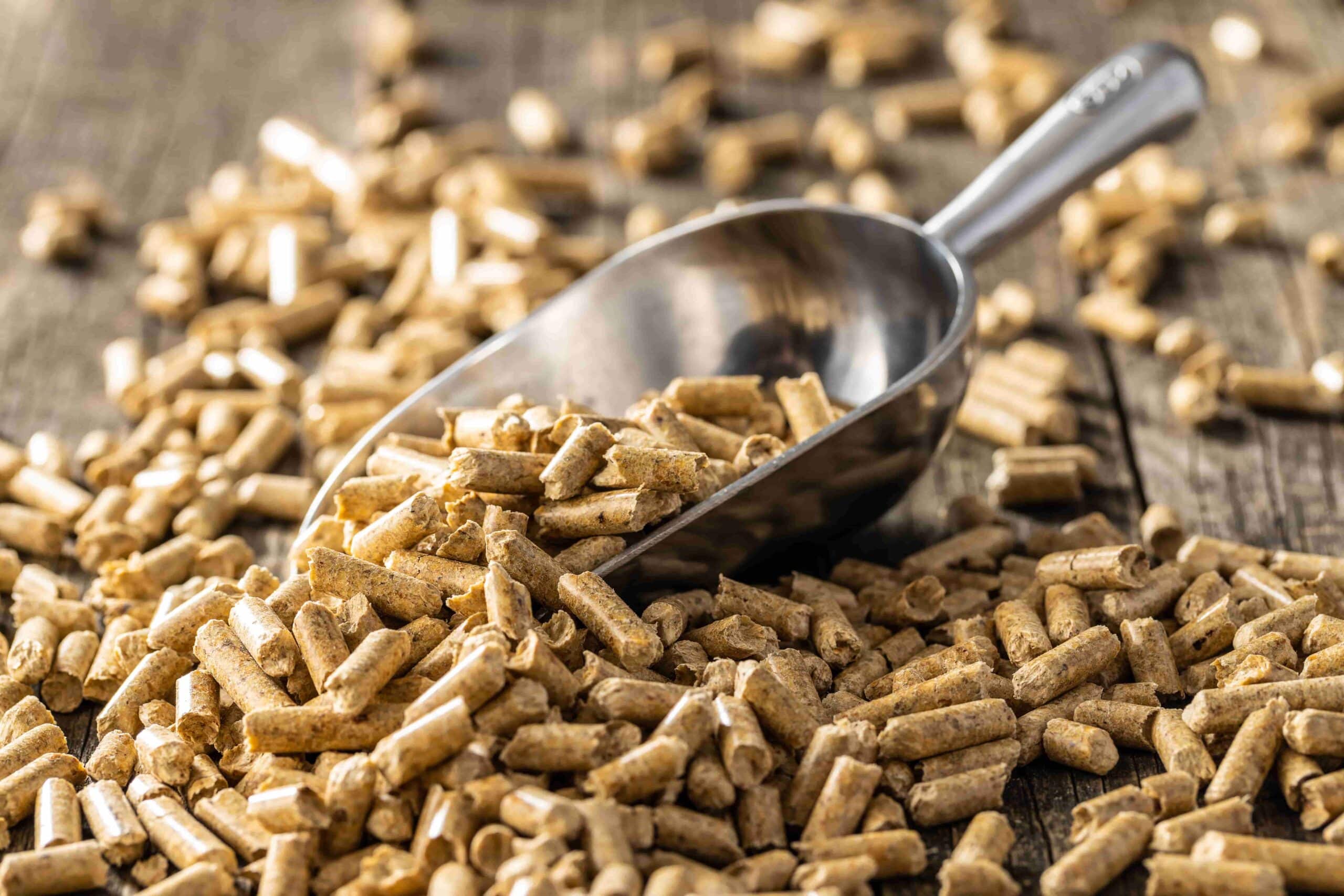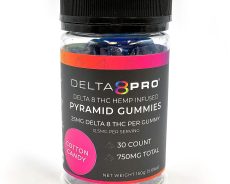In the realm of animal nutrition, one innovation has been making waves: pellet feed. The use of pellet in livestock nutrition has garnered increasing attention due to its numerous benefits for both animals and farmers alike. Let’s delve into pellet feed and explore why it’s gaining popularity in the agricultural sector.
1. Enhanced Digestibility
One of the primary advantages of pellet feed is its enhanced digestibility. The pelletizing process involves grinding raw ingredients into fine particles, which are then compressed into pellets. This process not only reduces particle size but also improves the uniformity of the feed mixture. As a result, animals can digest the nutrients more efficiently, leading to better overall health and performance.

2. Nutrient Density
Pellet feed allows for precise control over nutrient composition, ensuring that animals receive a balanced diet tailored to their needs. By incorporating essential vitamins, minerals, and other nutrients into the pellets, farmers can optimize animal growth, reproduction, and immunity. This nutrient-dense feed promotes healthier livestock and can ultimately improve farm productivity.
3. Reduced Waste
Unlike traditional loose feed, pellets are less prone to separation and spoilage, reducing farm waste. The compact nature of pellets minimizes dust and fines, resulting in cleaner feeding environments and decreased feed loss. This saves farmers money and contributes to environmental sustainability by reducing the overall carbon footprint of livestock production.
4. Improved Feed Conversion Efficiency
Pellet feed’s uniform composition and digestibility contribute to improved feed conversion efficiency (FCE) in livestock. Animals can efficiently convert feed into body weight, maximizing growth potential and minimizing feed costs. Farmers can achieve higher profitability with better FCE while maintaining optimal animal welfare standards.
5. Ease of Handling and Storage
Pellets are convenient to handle and store, making them ideal for modern livestock operations. Their compact size allows for efficient storage and transportation, saving valuable space on the farm. Additionally, the durability of pellets reduces the risk of damage during handling, ensuring consistent feed quality from production to consumption.

6. Customization and Flexibility
Another advantage of pellet feed is its versatility in formulation and delivery. Farmers can easily customize pellet recipes to meet the nutritional requirements of different animal species, ages, and production stages. Furthermore, pellets can be supplemented with additives such as probiotics or medications to address specific health concerns, providing flexibility in disease management and prevention strategies.
7. Enhanced Biosecurity
The pelleting process involves heat treatment, which helps eliminate harmful pathogens and parasites present in raw ingredients. This thermal processing improves feed safety and reduces the risk of disease transmission among livestock populations. By enhancing biosecurity measures through pellet feed, farmers can safeguard the health of their animals and minimize the need for antibiotics or other veterinary interventions.







